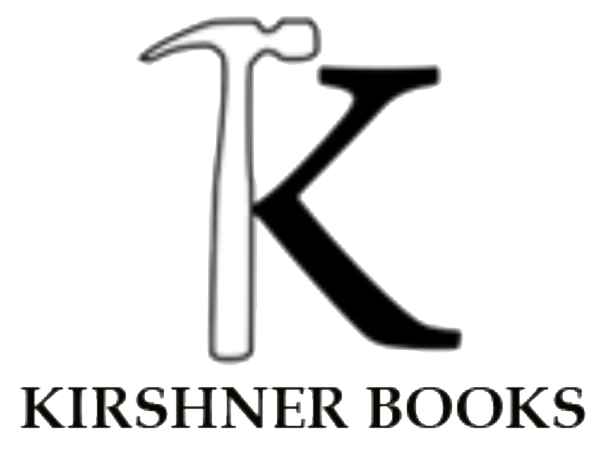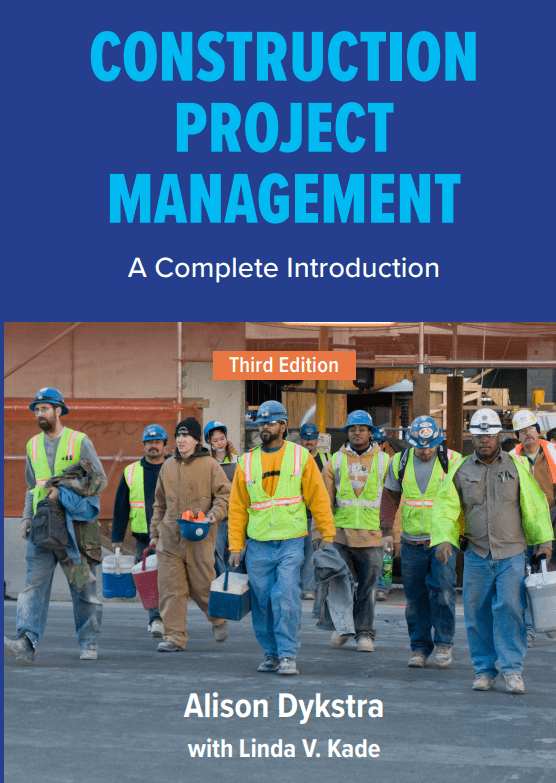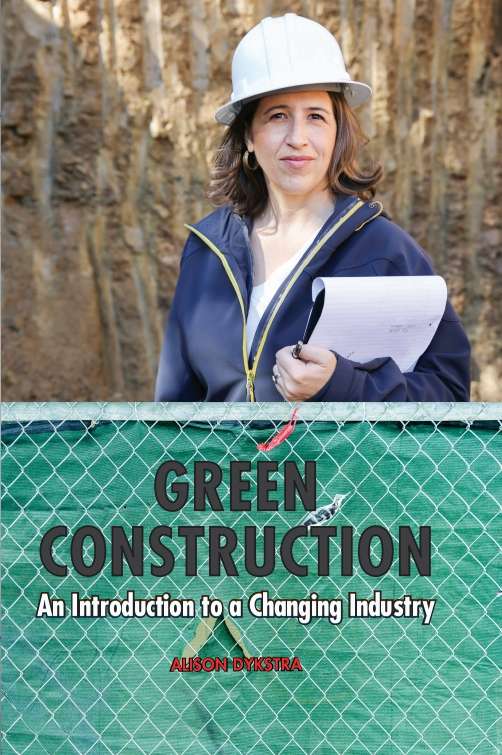Here’s a brief review of some useful and common energy terms, from our forthcoming book, Green Construction: An Introduction to a Changing Industry.
| Energy | Energy is the ability to do work and comes in different forms, including thermal (heat), radiant (light), electrical, nuclear, chemical, motion, and gravitational. Energy is either stored (potential energy) or working (kinetic energy) and is categorized as non-renewable (finite) or renewable (replenishable). |
| Embodied (Embedded) Energy | The energy consumed in the acquisition and processing of raw materials, and its transportation and eventual installation. Generally, products with a larger embodied energy have a higher environment impact. This may not be true for a very durable product such as aluminum which has very high embodied energy but may have a long useful life. Reducing embodied energy costs entails using less energy-intensive materials, using fewer materials, making them last longer and eventually reusing or recycling the material. Embodied resources are the invisible resources used in buildings: for example, the energy or water used to produce and transport the materials in the building. Green building considers these amongst a building’s impacts, ensuring that our buildings are truly low impact. |
| Renewable Energy | An energy source that can be easily replenished such as solar, wind, geothermal, biomass, hydropower |
| Fossil Fuels | Non-renewable forms of energy: coal, oil, natural gas, that were formed hundreds of millions of years ago; carbon is their basic element. The vast majority of the world’s energy needs currently come from fossil fuels. |
| Energy Efficiency | The amount of energy required in the production of a component or service; efficiency is improved when a given level of service or goods are provided with reduced amounts of energy inputs. For example, an 80 percent efficient natural gas furnace delivers 80 units of heat (useful energy) to a house for every 100 units of natural gas energy consumed, with the remaining 20 units of energy lost as exhaust through the flue. A 90 percent efficient furnace delivers 90 units of heat and loses only 10 percent through the flue. (See note below)* |
| Primary Energy | The energy contained in a fuel that has been extracted from the ground but not yet converted to another form. For example: coal that has not yet been burned in a power plant and natural gas before it’s prepared for delivery to the customer. In 2011 41% of total primary energy in the U.S. was used in buildings. (Primary energy use is what drives a building’s impact on climate.) |
| Delivered (Site) Energy | The amount of energy consumed at the end point (home, office, school etc.) This number isn’t sufficient to describe the full amount of energy however. Sometimes the amount of energy it takes to generate electricity for example, can greatly exceed the value of the delivered energy. (The amount of delivered energy drives a building’s operating costs.) |
| Peak oil | While nobody knows exactly how much oil is left, the point at which oil production dwindles is referred to as peak oil. Some believe we have reached this point, others do not. While new oil production is occurring (such as in the Alberta Tar Sands in Canada), the cost of production, and the difficulty of extracting ever-scarcer oil has grown. |
| R-value | A measurement of resistance to heat flow. The higher the R-value the less heat transfer (R-20 insulation lets through 1/20th the amount of heat than does R-1 insulation for example). |
| BTU (British Thermal Unit) | A BTU is the energy equivalent of a single match. A kBTU (1000 BTUs) is a commonly used U.S. unit for overall energy use. U.S. buildings use approximately 40 quadrillion (40 Quads) BTUs annually (1.0 Quad is equivalent to about 172 million gallons of oil). |
| kWh | Kilowatt-hour is the common unit for electrical energy and is equal to the amount of electric energy used to light a 100 watt bulb for 10 hours. (1 kWh = 3413 BTUs) The average American household uses about 11,600 kWh/year. |
* This traditional definition of energy efficiency is not adequate in identifying many opportunities for reducing (primary) energy consumption through improved technology and alternate strategies. Consider, for instance, two otherwise identical houses, one having no thermal insulation and the other being well-insulated. Both are heated by 80 percent efficient natural gas furnaces. Let us suppose the insulated house uses one-fifth as much energy for heating as does the uninsulated house. We view the insulated house as being more energy efficient – but in what sense? In both cases the energy used to heat is considered “useful energy”; hence both homes by our traditional definition are 80% efficient. But the uninsulated house uses 5 times as much “useful energy.” (from American Physical Society, Energy Future, Sept 2008, pg 72)



